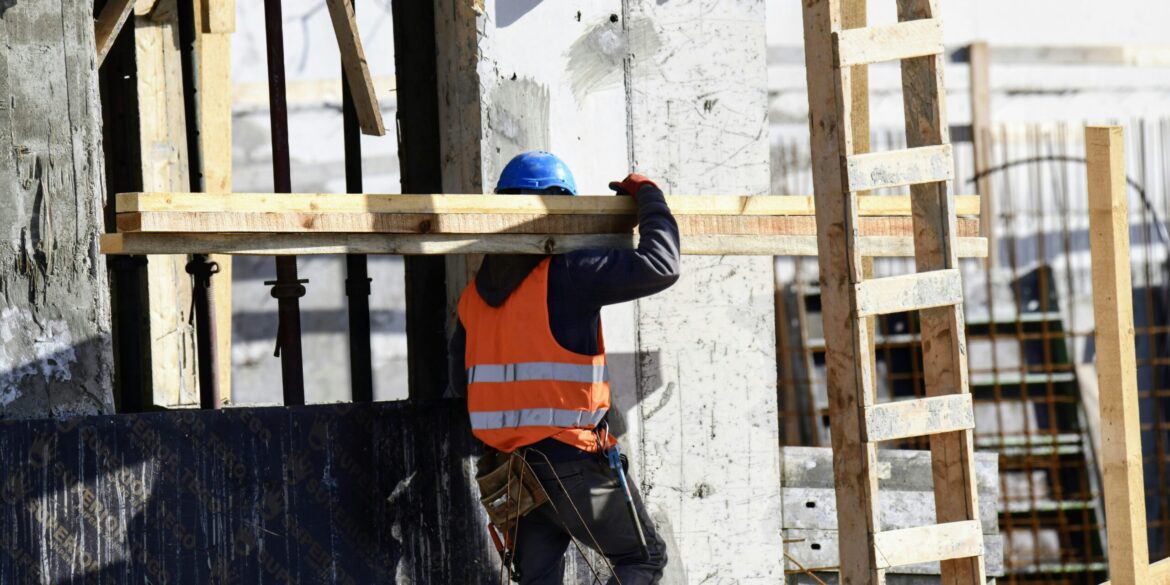The construction industry in the United States is undergoing a transformative shift in 2025 as sustainability and environmental responsibility take center stage. Driven by regulatory changes, market demand, and technological innovation, builders and developers are increasingly adopting green practices that promise to reduce environmental impact while enhancing building performance and occupant well-being.
The Rise of Green Building Certification Programs
One of the clearest indicators of this shift is the growing adoption of third-party green building certifications. Programs such as LEED (Leadership in Energy and Environmental Design), WELL Building Standard, and ENERGY STAR are becoming standard benchmarks for new construction and renovations.
According to the U.S. Green Building Council (USGBC), the number of LEED-certified projects has doubled in the last five years, with commercial and residential sectors embracing the standards to meet tenant and buyer expectations.
These certifications evaluate buildings on criteria including energy efficiency, water conservation, indoor air quality, and sustainable materials usage. Projects that achieve certification often benefit from higher valuations, increased occupancy rates, and eligibility for government incentives.
Energy Efficiency and Net-Zero Goals
Energy consumption accounts for a significant portion of a building’s environmental footprint. The construction industry is responding with designs that emphasize passive heating and cooling, advanced insulation, and integration of renewable energy sources such as solar panels.
The concept of net-zero buildings—structures that produce as much energy as they consume—has gained considerable traction. In 2025, several U.S. cities, including Boston, San Francisco, and Denver, have mandated net-zero or near net-zero standards for new public buildings.
Private developers are also following suit, often incorporating battery storage systems and smart energy management technology to optimize energy use.
Innovative Sustainable Materials
Sustainable construction is also being driven by innovations in materials. Recycled steel, bamboo, cross-laminated timber (CLT), and low-carbon concrete are increasingly used as alternatives to traditional, more carbon-intensive materials.
For example, CLT—a wood product engineered for strength—allows for faster construction with lower environmental impact and improved seismic resilience. Projects using these materials are particularly popular in mid-rise residential and commercial buildings.
Furthermore, suppliers are focusing on transparent supply chains and low-emission manufacturing processes to align with ESG (Environmental, Social, Governance) investment criteria.
Waste Reduction and Circular Construction
Construction waste has long been a major environmental challenge. Today, builders are adopting circular construction principles, emphasizing reuse, recycling, and waste minimization throughout the project lifecycle.
Techniques such as modular construction and prefabrication reduce material waste by manufacturing components off-site under controlled conditions. This method can cut construction time by up to 30% and significantly lower on-site waste.
Deconstruction, where buildings are carefully dismantled for material salvage, is gaining ground as an alternative to demolition, supporting material reuse and reducing landfill use.
Regulatory Environment and Incentives
Government policies and incentives continue to shape sustainable construction practices. The Biden administration’s Infrastructure Investment and Jobs Act includes funding dedicated to energy-efficient public infrastructure and resilient building projects.
At the state level, many jurisdictions offer tax credits, grants, or expedited permitting for projects meeting green building standards. For example, New York State’s Green Building Tax Credit encourages developers to exceed energy code requirements.
Additionally, disclosure requirements around building energy performance and environmental impact are becoming mandatory in several markets, increasing transparency for investors and occupants.
Social Responsibility and Health Focus
Sustainability now encompasses social factors such as occupant health and community impact. Indoor air quality, natural lighting, acoustics, and access to green spaces are critical components of sustainable design.
The WELL Building Standard, which focuses on human health and wellness, has seen rapid adoption. Buildings certified under WELL often report higher tenant satisfaction and productivity.
Developers also increasingly engage with local communities to ensure projects support equitable development, affordable housing, and job creation.
Technology Enabling Sustainable Construction
Emerging technologies accelerate the sustainable construction movement. Building Information Modeling (BIM) allows for precise project planning that minimizes waste and optimizes resource use.
Drones and IoT sensors monitor construction sites for safety and environmental compliance. AI-driven analytics forecast energy performance and help design adaptive systems.
Furthermore, 3D printing of building components is gaining attention for its potential to reduce waste and lower construction costs.

